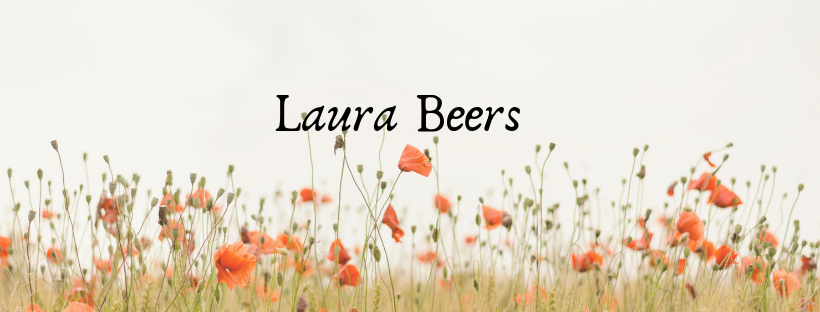 As a mother, I love sharing fantastical
adventures that will allow my children to believe that love will conquer all
and good will always triumph over evil. I love seeing the smiles on their sweet
faces as Cinderella marries her Prince Charming and hear the words ‘happily ever after’. Perhaps that
is reason enough why fairy tales are important, because they make us happy.
As a mother, I love sharing fantastical
adventures that will allow my children to believe that love will conquer all
and good will always triumph over evil. I love seeing the smiles on their sweet
faces as Cinderella marries her Prince Charming and hear the words ‘happily ever after’. Perhaps that
is reason enough why fairy tales are important, because they make us happy.
“Fairy
Tales are more than true; not because they tell us that dragons exist,” English
writer G.K. Chesterton says, “but because they tell us that dragons can be
beaten.”
Let’s face it, life is hard. Negativity
is everywhere. The reason why Fairy tales are so important is because they remind
us to dream. It allows us to dare to believe that there’s our very own happy
ending somewhere out there waiting to happen.
Life
itself is the most wonderful fairy tale of all. — Hans Christian Anderson
I
grew up singing the songs of The Little Mermaid, Beauty and the Beast, and Aladdin.
However, my favorite Disney Princess song is when Belle is standing in a wide,
expansive field and you can hear the emotion in her voice as she sings:
I want much more than this provincial life
I want adventure in the great wide somewhere
I want it more than I can tell
And for once it might be grand
To have someone understand
I want so much more than they've got planned
I want adventure in the great wide somewhere
I want it more than I can tell
And for once it might be grand
To have someone understand
I want so much more than they've got planned
I want my children to believe
they are truly capable of accomplishing anything in this world through hard
work; to be strong enough to break through barriers and stereotypes; to have
hope despite the evils that are so prevalent in this world today. Most
importantly, I want them to understand that even though life is not easy, it
can be vastly rewarding when we are striving to be kind.
So
yes, I read my children Fairy tales. I fill their heads with stories of flying
carpets, sleeping princesses, and girls that can save the world. I remind them
that you don’t have to be perfect to have your own happily ever after, but you
do have to believe that it is possible to have one.









